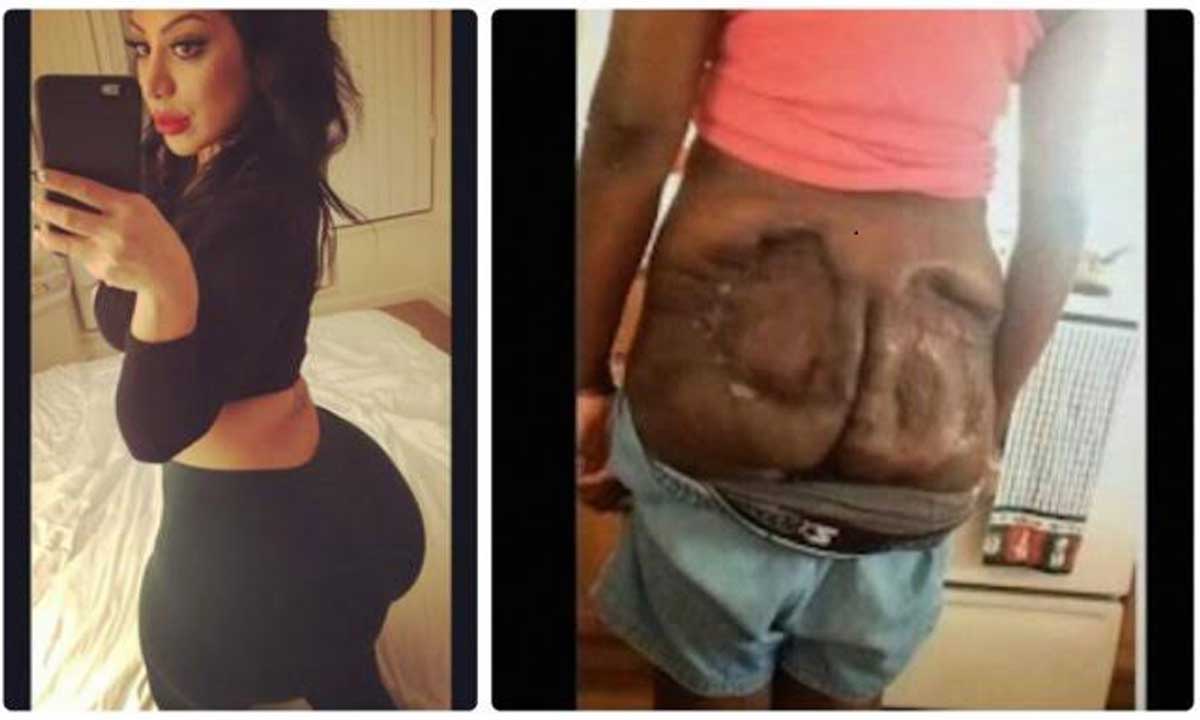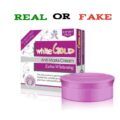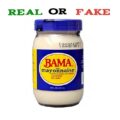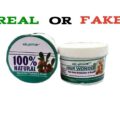BBC reports that it is with tears in her eyes that Denny recounts how she woke up one day to find a bump the size of a football in her lower back. She could not walk or bend down, and the pain was intense. Even before she saw a doctor, Denny, a 35-year-old Venezuelan lawyer, knew the bump must be a side-effect of liquid silicone that had been injected in her buttocks. It had moved into her back and was putting pressure on her spine.
“It was a terrible shock. I couldn’t walk. That’s how my agony started,” she says. There are several fake body enhancement products in circulation and because there are poorly regulated in most countries, the producers and importers of such products often go unpunished leaving the consumers of these products to bear the financial brunt and health consequences of the product.
Botcho cream is a butt enhancement cream that is produced by various manufacturers. It is marketed mostly online by promoters who are mainly faceless. According to the promoters, Botcho cream was made to help women who desire a larger butt to be able to achieve their dream body. Botcho cream is made principally with the following ingredients Pueraria Mirifica and Maca root extract. SEE: KLW Gummies Reviews: Does it Work, Ingredients, Side Effects
How To Identify Fake Botcho Cream
In recent times, counterfeiters and criminals have been taking advantage of the popularity of this products and the inability of the producers to validate their claims to register the products formally to produce fake versions of the product.
Anecdotal evidence suggests that most of the fake Botcho cream in circulation are being sold on social media platforms like facebook, Instagram and others with little or no mention about the side effects of Botcho cream. Distinguishing between fakes and originals may be difficult for any consumer especially as counterfeiting techniques are increasingly becoming sophisticated that many cases would require the use of certain technologies to be sure.
Nevertheless, there are basic precautionary measures that can help consumers prevent falling victim to the illegal trade, or at least detect fakes at the early part to be able to discontinue their use.
Packaging: Often, the most common indicators of fake items are found in the packaging itself. You are most probably offered a fake item when its packaging satisfies at least one of the conditions below;
-
-
- Has grammar error or misspelling, for instance, of brand names, ingredients, among others;
- Has poor print quality such as faded logo;
- Does not have certificate product registration seal;
- Has no best-before date indicated when such is applicable to the item, it is advised that consumers double check the expiry and reject purchasing items sold past this date even with the huge discounts with which these items are usually offered);
- For items which are meant to be sealed, it is not sealed well or the seal has tear;
- Has no marks of machine grips and the seals or signs are uneven.
-
Price: If it is significantly cheaper, it is most likely either a counterfeit or defective. Check how they are priced in reputable stores or as stated by manufacturers themselves. Such information can be obtained from advertisements or company websites.
Product: Often the tell-tale signs of a fake is in the product itself when the item you bought is different from the kind of product you have been used to, whether in color, shade, size, shape, smell, taste (if applicable), or quality, in general.
Promotional message: If it is advertised as something too good to be true, it probably is. Exclusive distributors and manufacturers strive to promote product items uniformly and screen promotional messages. Such practices help them avoid releasing any erroneous information on the product or raise false expectations on the benefits of the product.
Place: Online trade has definitely made weeding out counterfeit items from the marketplace a daunting task for consumers and law enforcers as
(1) it is hard to check products through advertising photos;
(2) photos used to advertise a product may not even represent the actual items; and
(3) the anonymity culture within online marketplaces makes it very difficult for consumers to seek refunds or for law enforcers to capture violating sellers, let alone knowing their identity. SEE: Does Vaseline and Banana For Bigger Buttocks Work?





